The Monastery, Petra
Ad Deir
When you think of Petra, two landmarks immediately spring to mind: The Treasury and The Monastery.
While the Treasury is very easily accessible, the Monastery is located far out and high up. You have to hike to get to it, whichever direction you approach from (main trail or back door trail). You really need to earn your visit to the Monastery, as neither route can be considered easy - it’s either long or there are lots of steps involved. But all the effort pays off because the Monastery and its surrounding area are truly spectacular.
The Monastery also goes by the name Ad Deir and has been around since the 1st century - that’s 2,000 years ago! It’s roughly 50m wide and 50m tall, which makes it about twice the size of the Treasury. The landmark is found high up in the hills of Petra, at around 1000m altitude. This is only 200m higher than the Basin though, because Petra is already at high altitude (800m).
Why Monastery?
The Monastery was built by the Nabateans, and originally it was possibly designed as a tomb, just like most of the other monuments around Petra. It is believed that some of the vast open space in front of the Monastery has been levelled through human intervention, to create a space fit for social gatherings and/or worship.
A few centuries later, during the byzantine period, when Petra was under Roman rule, it is thought that the building was repurposed as a church. Engraved crosses have been found in the walls of the interior chamber, dating from the byzantine era. Even the road up to the Monastery lends itself to a pilgrimage - it feels like a sacred trail, with many steps leading to a place of worship high up in the mountain.
All of these elements are reasons why the Monastery is called the Monastery.
When to visit
On a typical day at Petra, this would be your last stop of the day. It takes about 1h 30min to 2h to get from the visitor centre to the Monastery, without stops, along the main trail. But if this is your first and possibly only day in Petra, then there are so many pleasant distractions along the way, that this journey could easily take many hours.
The sun rises behind the monastery, so it only starts to shine over the monastery during the second half of the day. In the early afternoon, the sun in still too strong and the Monastery has not yet seen its best light of the day. That is also the time when it’s hottest and most crowded, which makes it really not the best time to visit. The best conditions happen in the early evening, just before sunset, when the sun shines its last rays directly across the Monastery. On a sunny day this brings out a beautiful golden colour in the sandstone. My advice is to start the hike up in the late afternoon and leave after sundown. It may get dark by the time you reach the Basin, which is something to keep in mind.
Donkeys
A mini zoo awaits at the bottom of the steps leading to the Monastery - with camels and donkeys all around. The road ends there for the camels, as they are used to cover the route between the Treasury and the Basin, so they’re just taking a rest. Donkeys are the ones who have to endure the journey up to the Monastery, all day, every day - because they are smaller and the road is windy with lots of steps. They’re also the least suitable of the animals at Petra to carry a person on their back. Don’t be that person.
Over the years, Petra has got a lot of bad press over its mistreatment of animals - camels, horses, mules and donkeys. And those poor donkeys get the worst of it. It may be ok to ride a horse or a camel as an adult, but a donkey can’t safely carry such a heavy load. It really doesn’t help that they also need to ascend 800 steps uphill while doing that. If the journey is challenging for you, then it would be a lot more challenging for the donkey having to carry you. Just take your time and you’ll get there eventually.
The Main Trail - Hiking up
Following the main trail, the journey from the Basin to the Monastery takes around 40 minutes. There are about 800 steps to the top. This is one of the more challenging walks at Petra, but it’s not a particularly difficult hike. There are just lots of steps and the path is uneven at times.
On the way up, you can see a few smaller tombs carved in the sides of the mountain, a sight that should already be much too familiar at that point. The most important one is the Lion Triclinium, with its distinguishable doorway - look out for an opening in the shape of a large key-hole, on your left side (going up). There are also a few bedouin tents along the way as well as at the top, where you can buy refreshments, tea or souvenirs.
Every now and then, don’t forget to look back in the direction you came from and you will see a beautiful view of the Royal Tombs in the distance.
The Back Door
You don’t have to go all the way from the visitor centre and along the main trail to see the Monastery. There is an alternative to this long journey: the back door trail. This can be either the shortest or longest way depending on where you start and whether you are willing to pay someone to drive you part of the way.
You have a few options for approaching from this side:
start at Little Petra (normal taxi)
This is the longest possible route. The hike to the Monastery is around 6km (2h30min or so). You will have to arrange transportation from your accommodation to Little Petra either in the morning or in the evening, depending on where you are staying. There is no point in self-driving to Little Petra, as you would need to get a taxi once anyway. A taxi from Wadi Musa to Little Petra should cost no more than 10-15 JOD (and even that is too much for such a short and simple journey).
start around here (normal taxi or own car)
You could cut this journey short by starting somewhere along the route from Little Petra to the Monastery (the distance from the main road to the closest point on this route is around 800m). You can have a taxi drop you off by the edge of the road, around halfway between the villages of Umm Sayhoun and Al-Baydha (check my map of Jordan). You could also self-drive and leave your car there, but this would only make sense if you return on foot using “the shortcut” (see the next section), which would allow you to avoid taxis altogether. Alternatively, you could park your car in this small parking lot in Umm Sayhoun village (here) - same distance overall, but the return journey would be the shorter one.
start around here (4x4 taxi)
Have a driver drop you off right at the steps leading up to the Monastery via the back door. That is as far as a car can go and much closer to the Monastery than any of the other options. This journey will require a 4x4 vehicle, and the cost should be around 20-30 JOD (anything over that is a rip-off). You will have no issues finding someone for the job - everyone at Petra wants to take you through the back door, because it’s easy money. This option doesn’t come cheap, but if you’re staying in Petra for several days, this is an opportunity to do things differently, and avoid most of the crowds (since you are visiting things in reverse). It also means you don’t have to return the same way back. If you have a 4x4 car and only want to see the Monastery without heading down into the Basin, then it might make sense to use your own car only.
From the 4x4 drop-off point, there are about 2km remaining to the Monastery. Someone at the bottom will check your ticket and possibly also your Jordan Pass if you have one. If you do the back door on your first day, make sure you get a Petra ticket from the visitor centre beforehand, using the Jordan pass or otherwise. I don’t think you can do that at the back door (I could be wrong, but better safe than sorry when the journey involves an expensive taxi, a very long walk, or both).
As you hike up, there are brown signs along the way, so watch out for them to know you are on the right path. And when in doubt, have a look at my map of Jordan.
A shortcut
There is a third way to enter Petra, and it isn’t talked about much. This is not a popular route for visitors and is mostly used by locals who live in Umm Sayhoun village and travel to Petra for the day.
If you don’t want to go for the back door, but still would like to skip most of the main route, this shortcut will take you right to the Basin in just 30 mins along a paved road. You can park in this small parking lot here - you cannot drive past this point. This is a tiny parking area compared to the one at the visitor centre, but we didn’t have any issues finding a spot.
This route is ideal for visiting the attractions around the Colonnaded Street or the Monastery, when you’ve already traversed the Siq and seen the Treasury. Not only do you save time, but you also beat the crowds. With everyone lingering at the Treasury and other tombs along the way, this part of Petra is relatively empty until late morning.
Unless you had someone drive you to the village, you will need to return the same way back to pick up your car. From the Basin, it’s a shorter walk back than following the main route back, though it is uphill. At the end of the day, a local may even offer to take you back on his donkey/camel/car etc. for a small fee.
The Plateau
Once you reached the top, the Monastery will reveal itself on your right (if you approach from the Basin), or your left (if you come in via back door). There is a tent with refreshments and maybe some food, where you could sit down for a rest and enjoy a cup of tea and a beautiful view. You’ve earned it!
There is a vast open space in front of the Monastery, and so everything can be a viewpoint. Higher doesn’t always mean better, but take your time and explore the area. There are several peaks which you can see from the base (they usually come with a small tent and a Jordanian flag) and of course they all claim to have THE best view in Petra. There are so many signs that it’s impossible to get lost. You usually have to pay for the view by buying a cup of tea (1 JOD).
You can only admire the Monastery from the outside. But you can tell from the outside that there is nothing to see on the inside, so this shouldn’t be an issue. That is the case for all monuments at Petra - it’s all about the exterior facade and not much else. You can enter most of the other tombs at Petra, but, for good reason, you can’t go into the big ones (the Treasury and the Monastery).
Do check out the tent at the very end of the trail, which goes by the name End of the World Coffee. The location at the very edge of the steep mountain is truly end-of-the-world and the view is spectacular.
The Main Trail - Hiking Down
After you are done with the Monastery, it is time to head back the way you came from. Since it’s such a long journey back the visitor centre, you’d think you need to leave well before sundown to make it in time, but that’s not really an issue. The official Petra opening times are 06:00 to 18:00 in the summer, and 16:00 in the winter. You can’t go in earlier (and you don’t have to), but you can return a bit later.
Sit down for some tea by the Monastery while the sun goes down, and relax after a long day. No one will ask you to leave before sunset, though they might do shortly after. Yes, it takes time to get back to the entrance and it’s likely that you would arrive past the official closing time. But that is fine, they’re not shutting any gates leaving you stranded in Petra for the night.
It is useful to bring a torch and an extra layer as it can get cold quickly once the sun is gone.

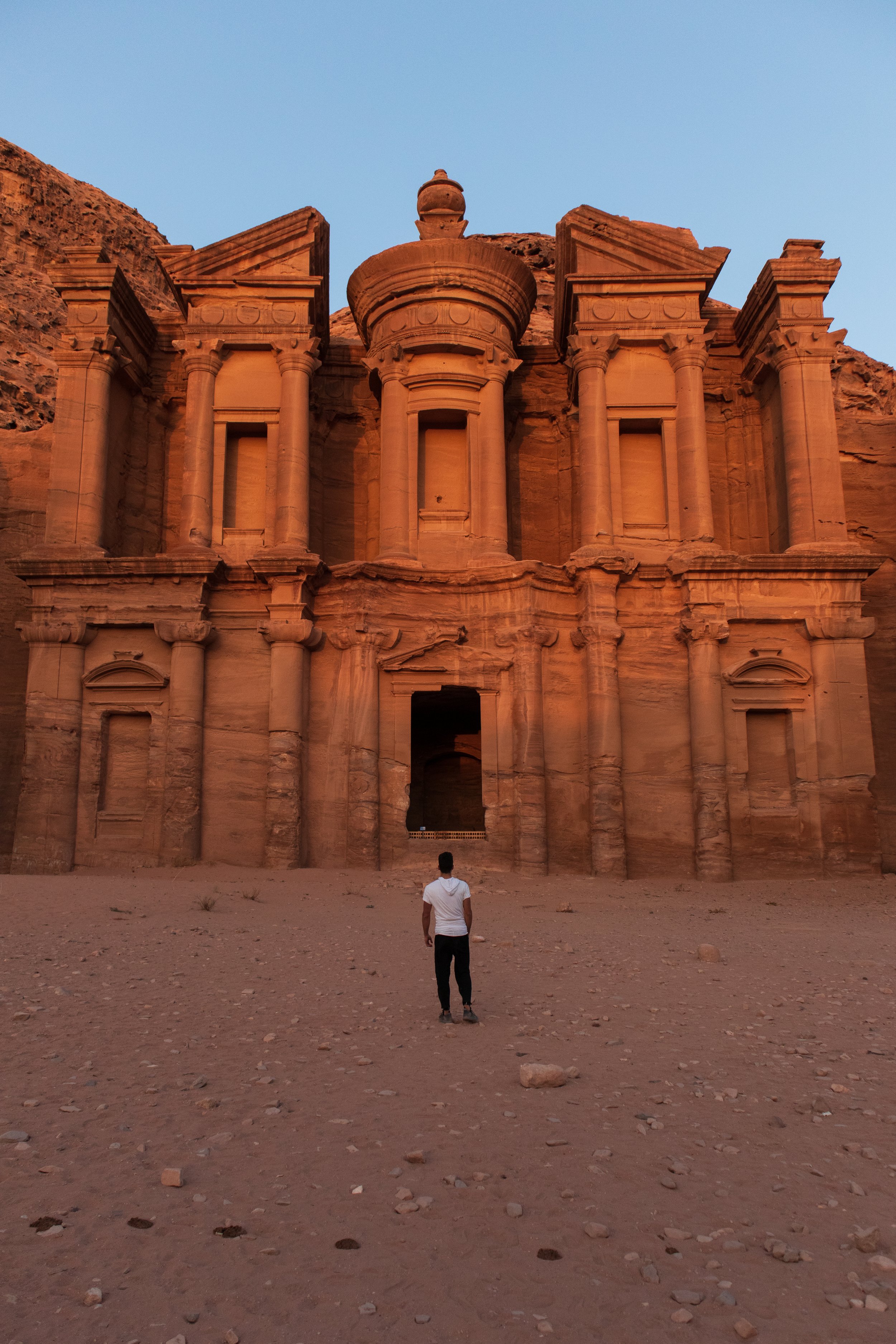
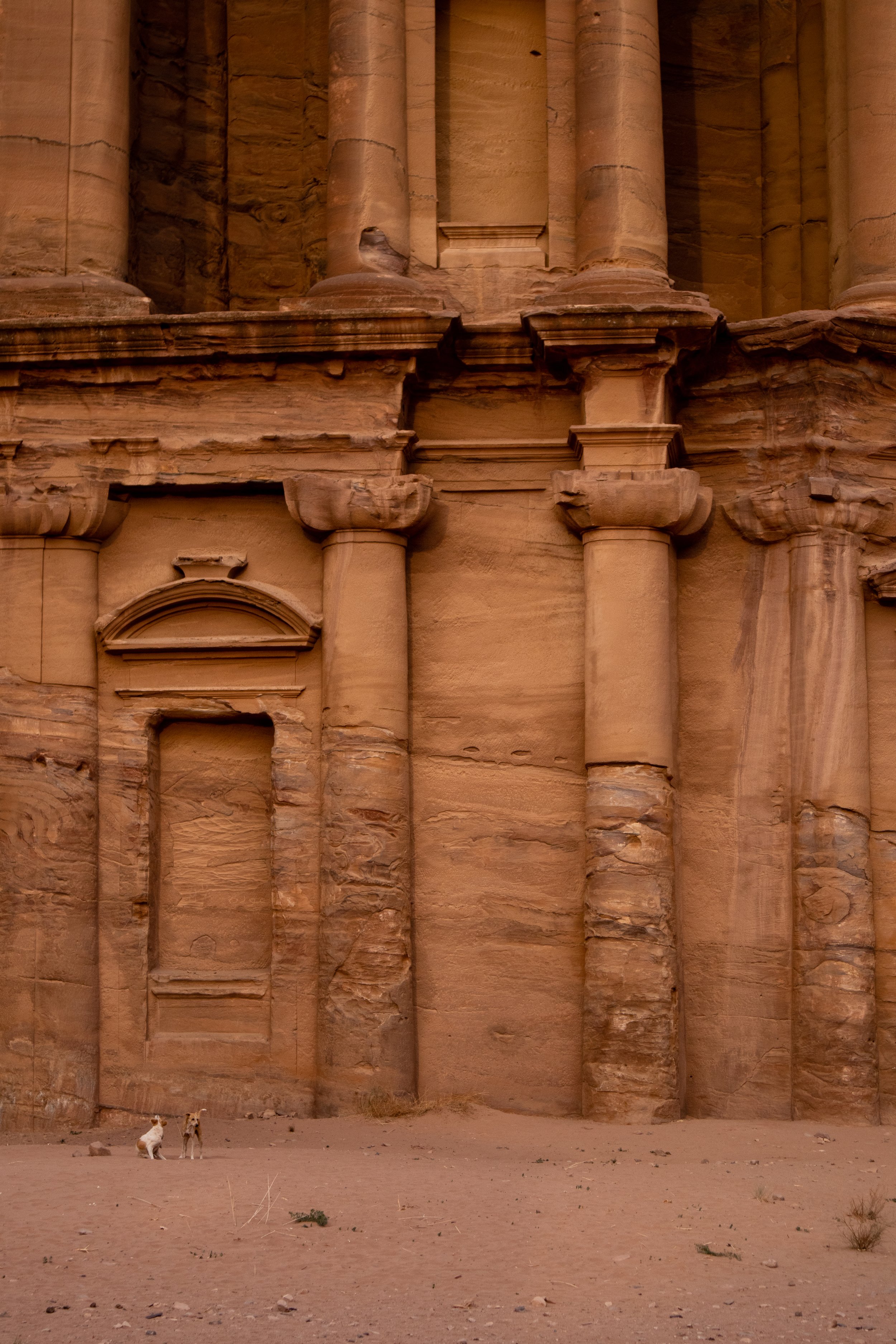
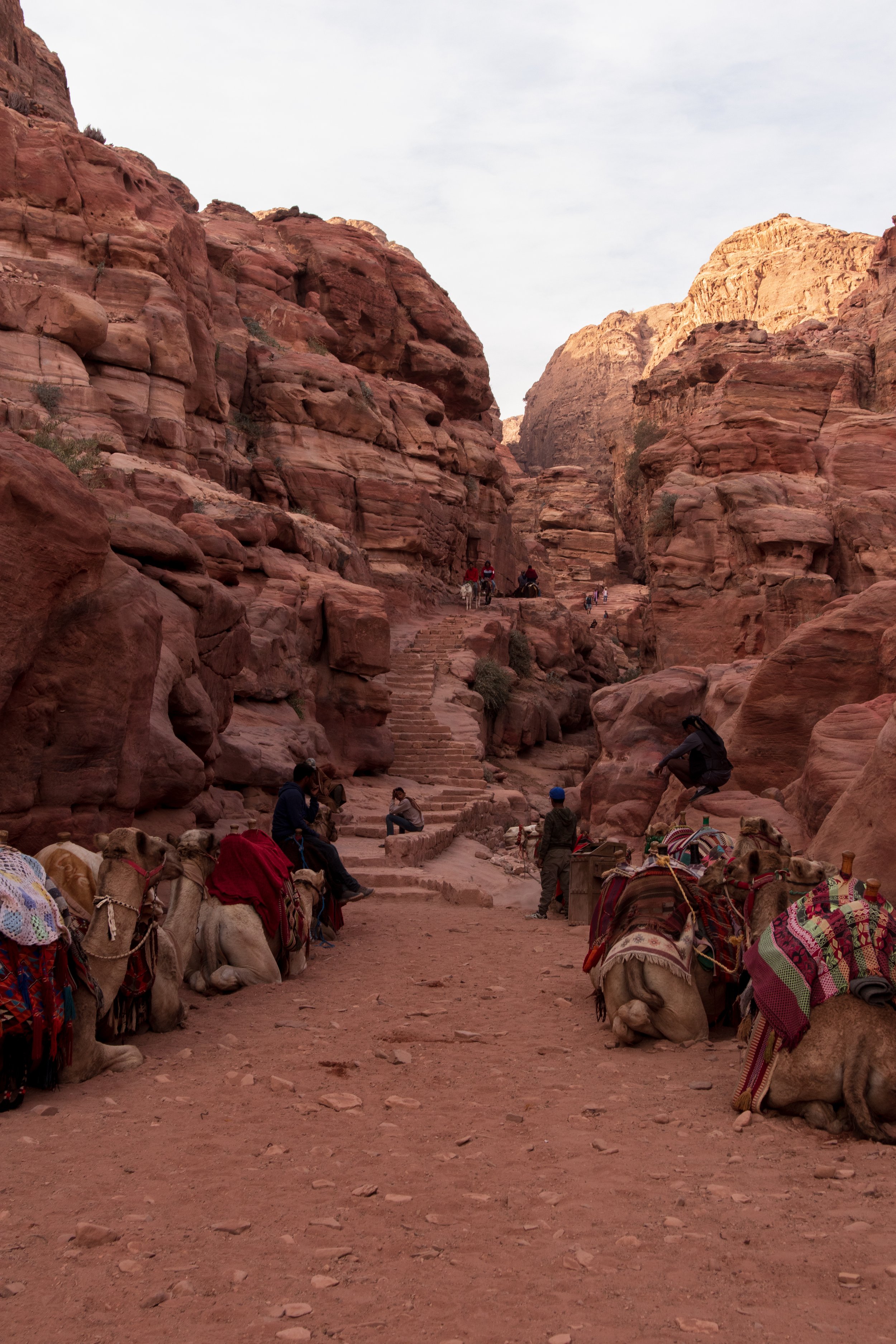

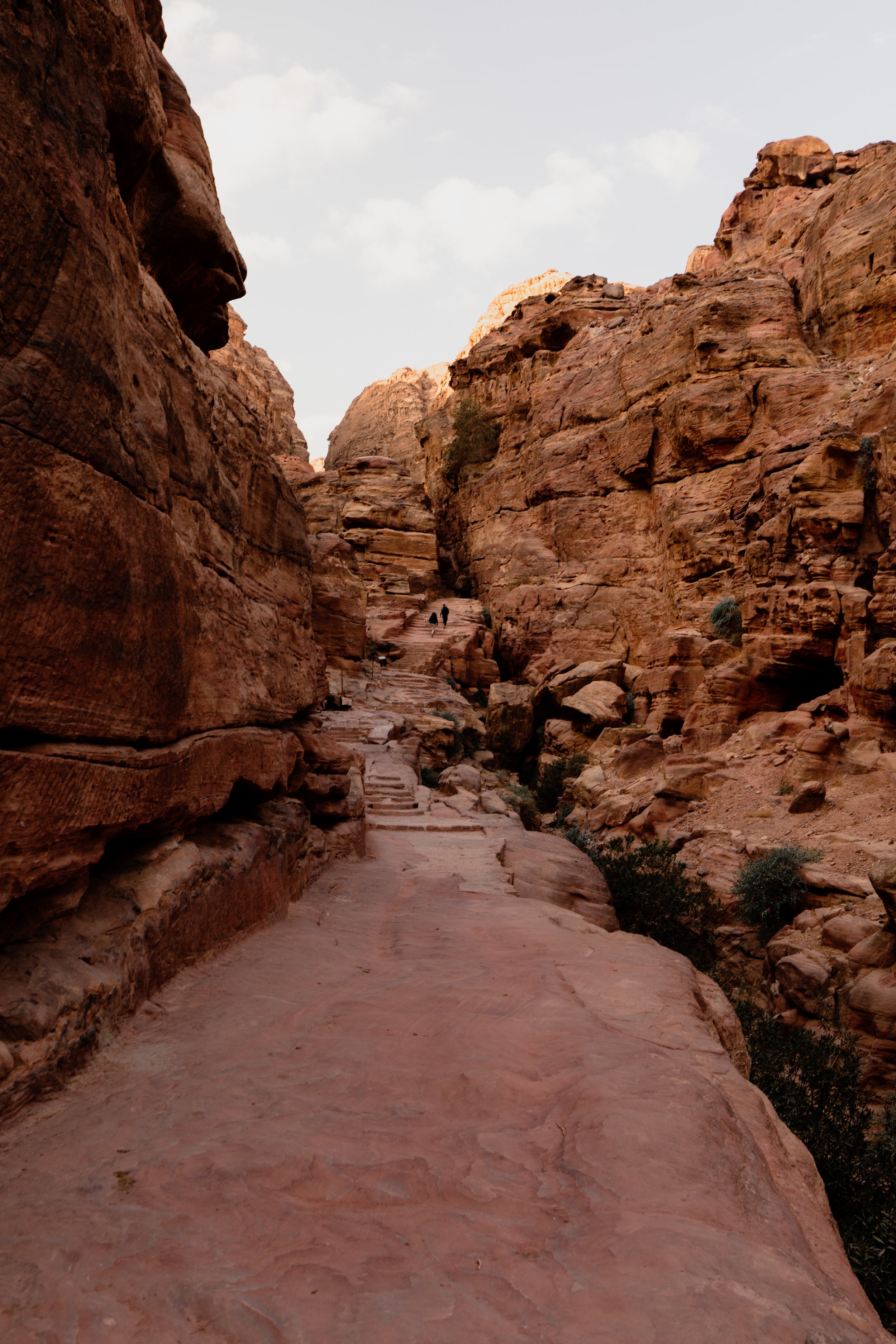

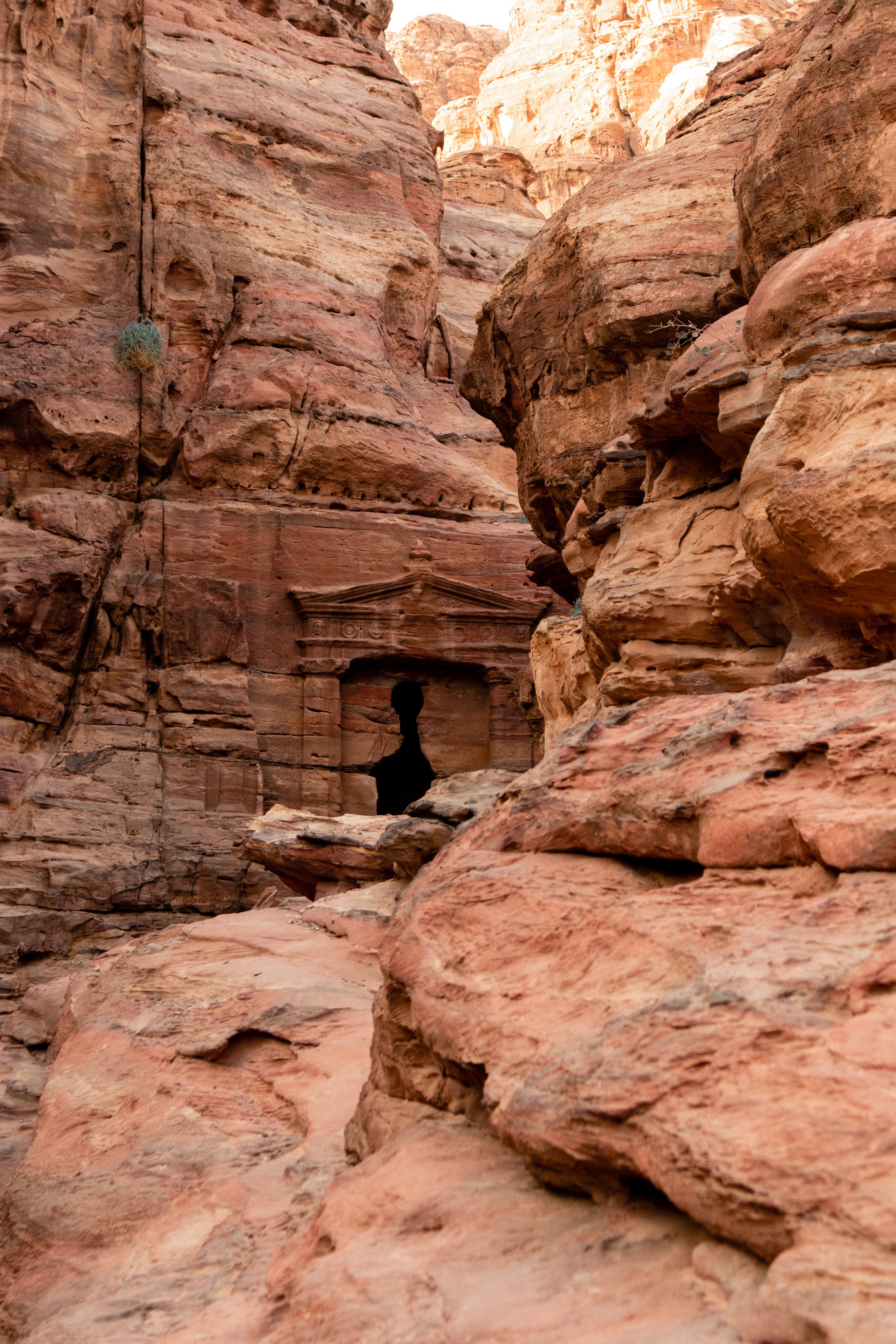
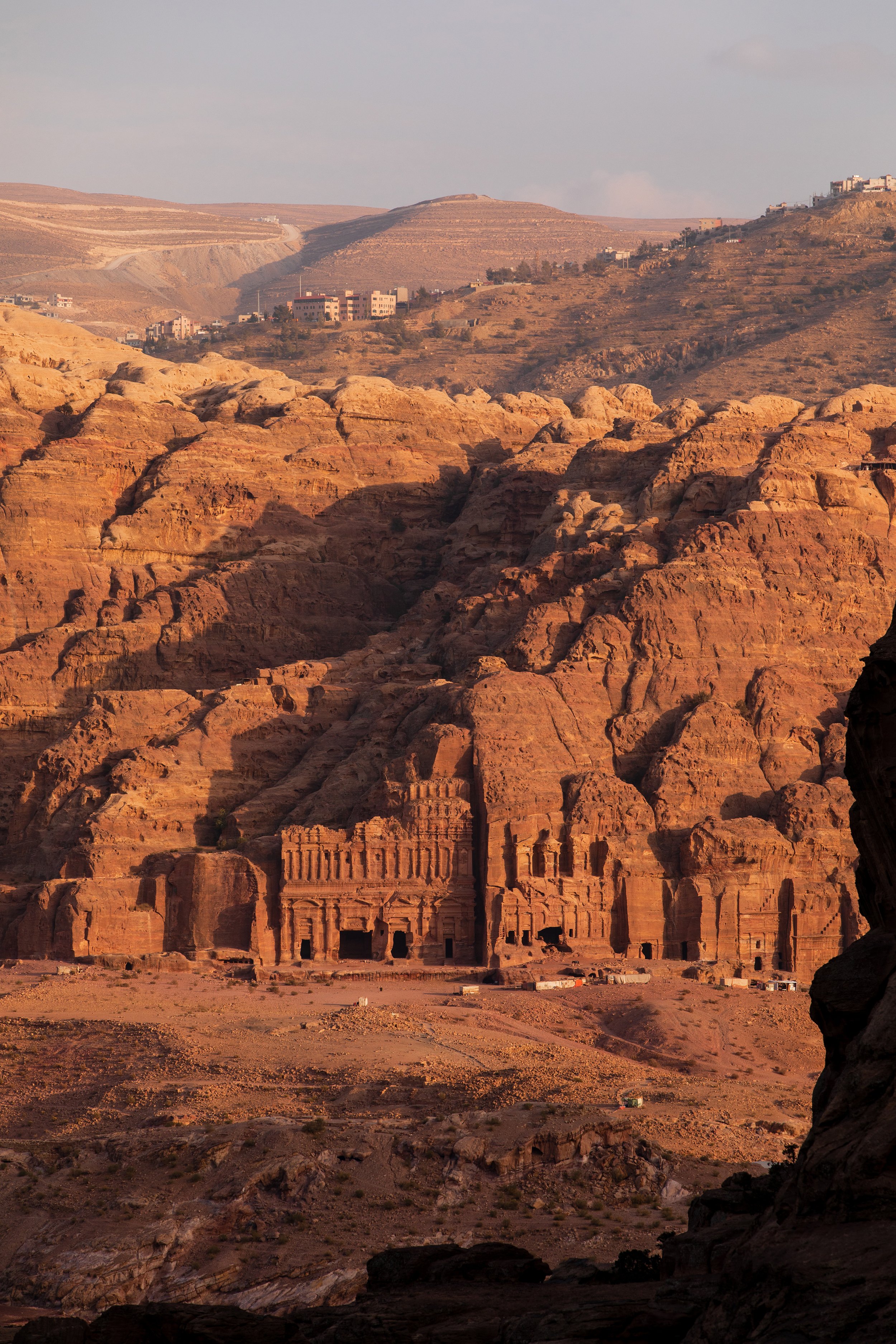

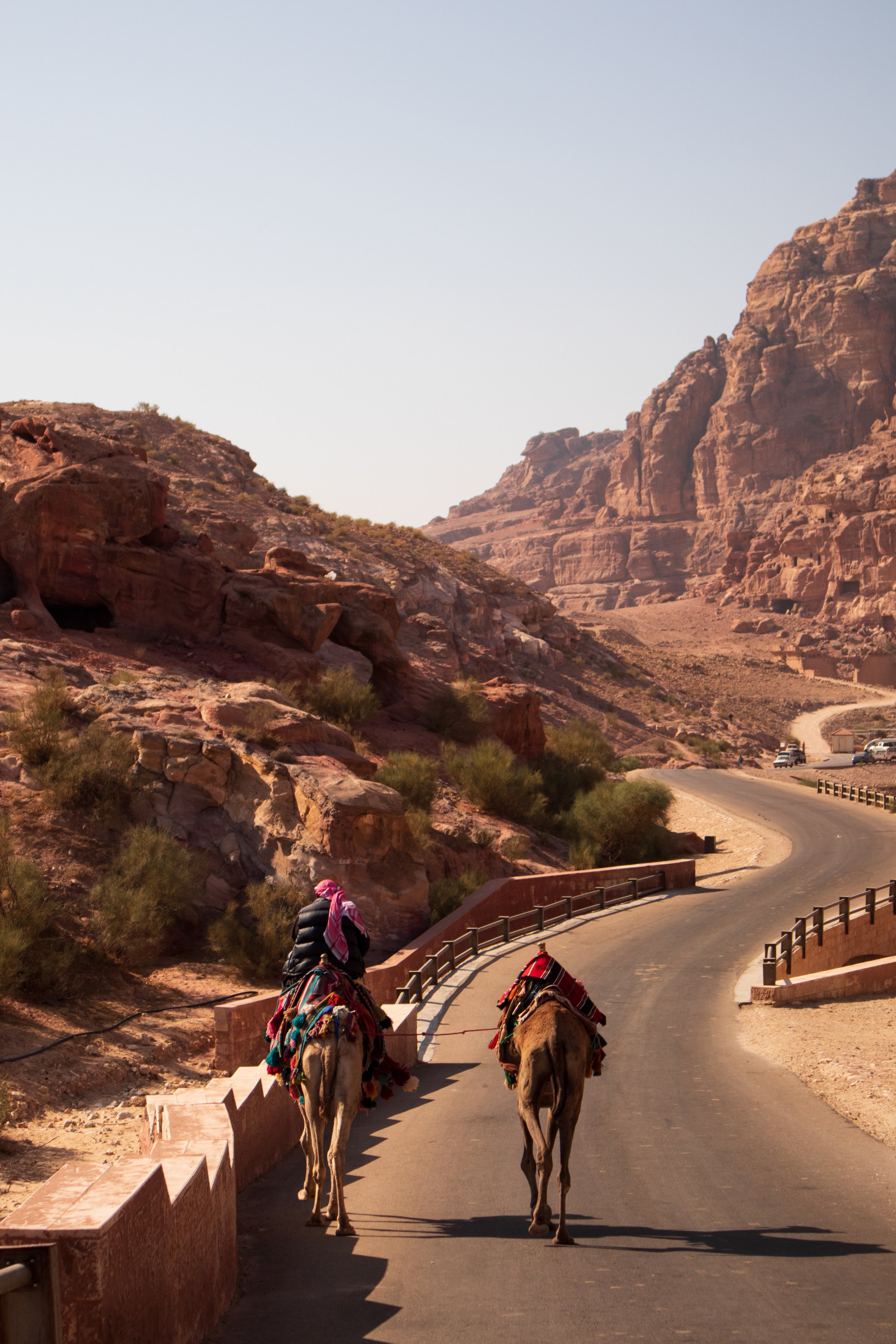
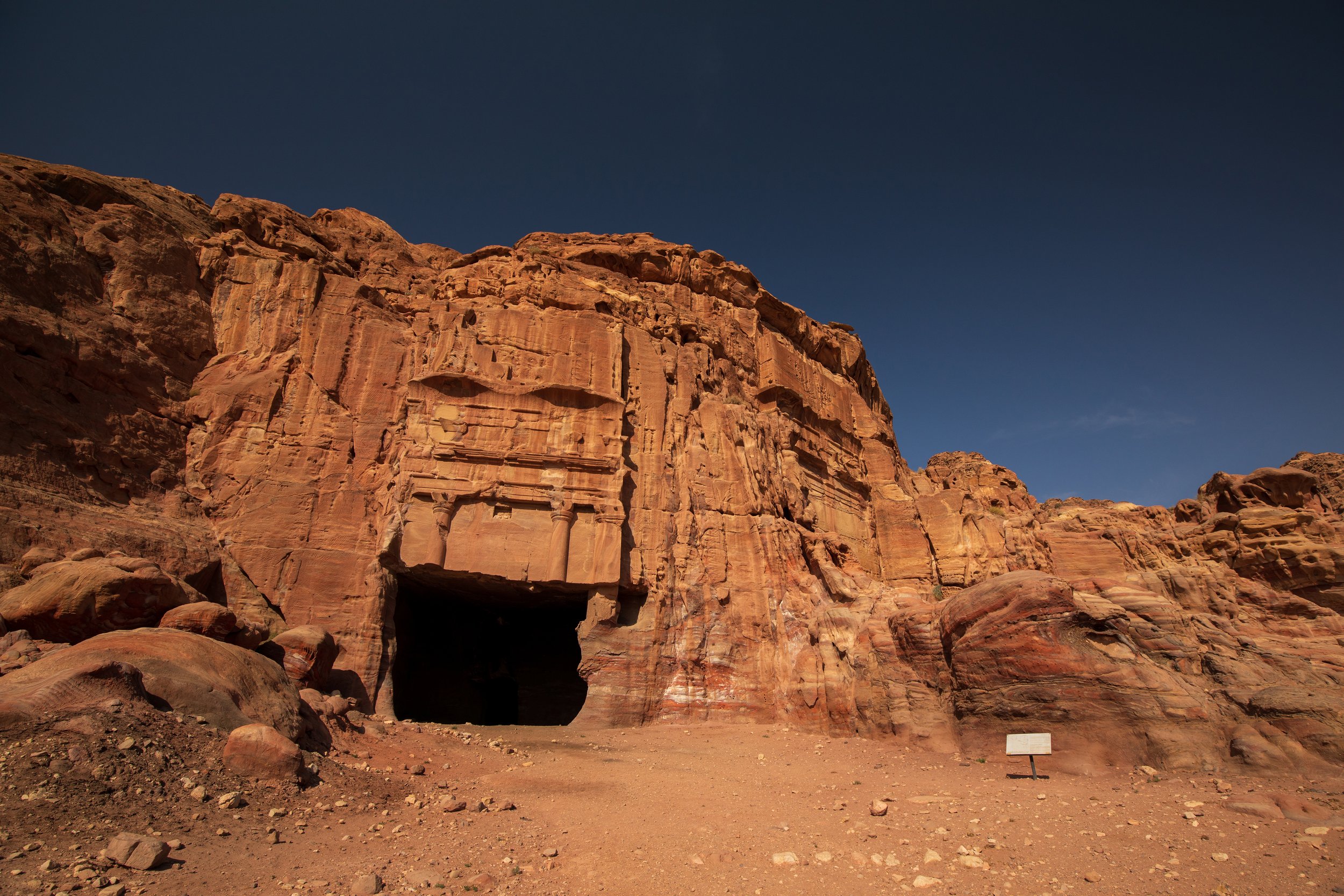
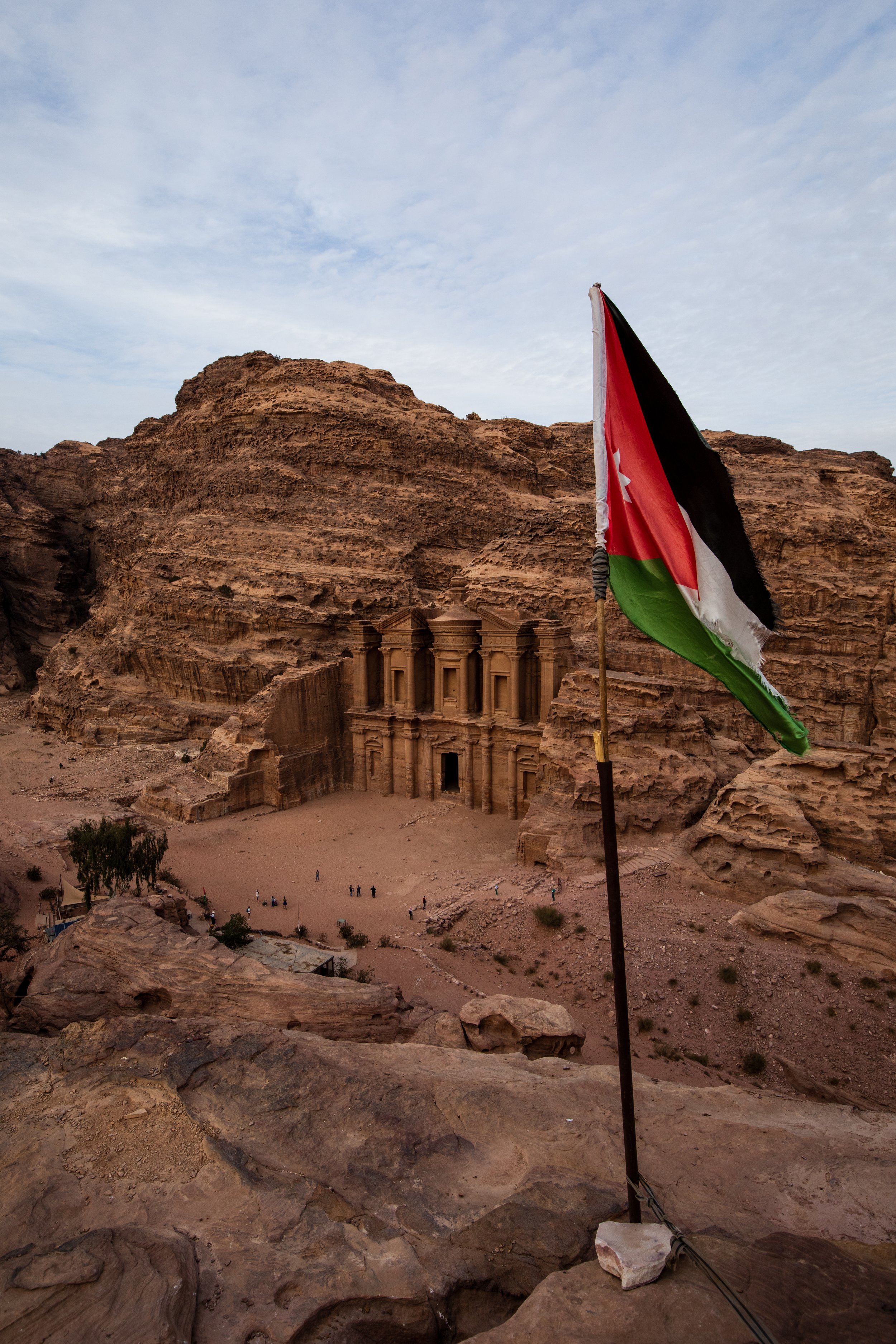
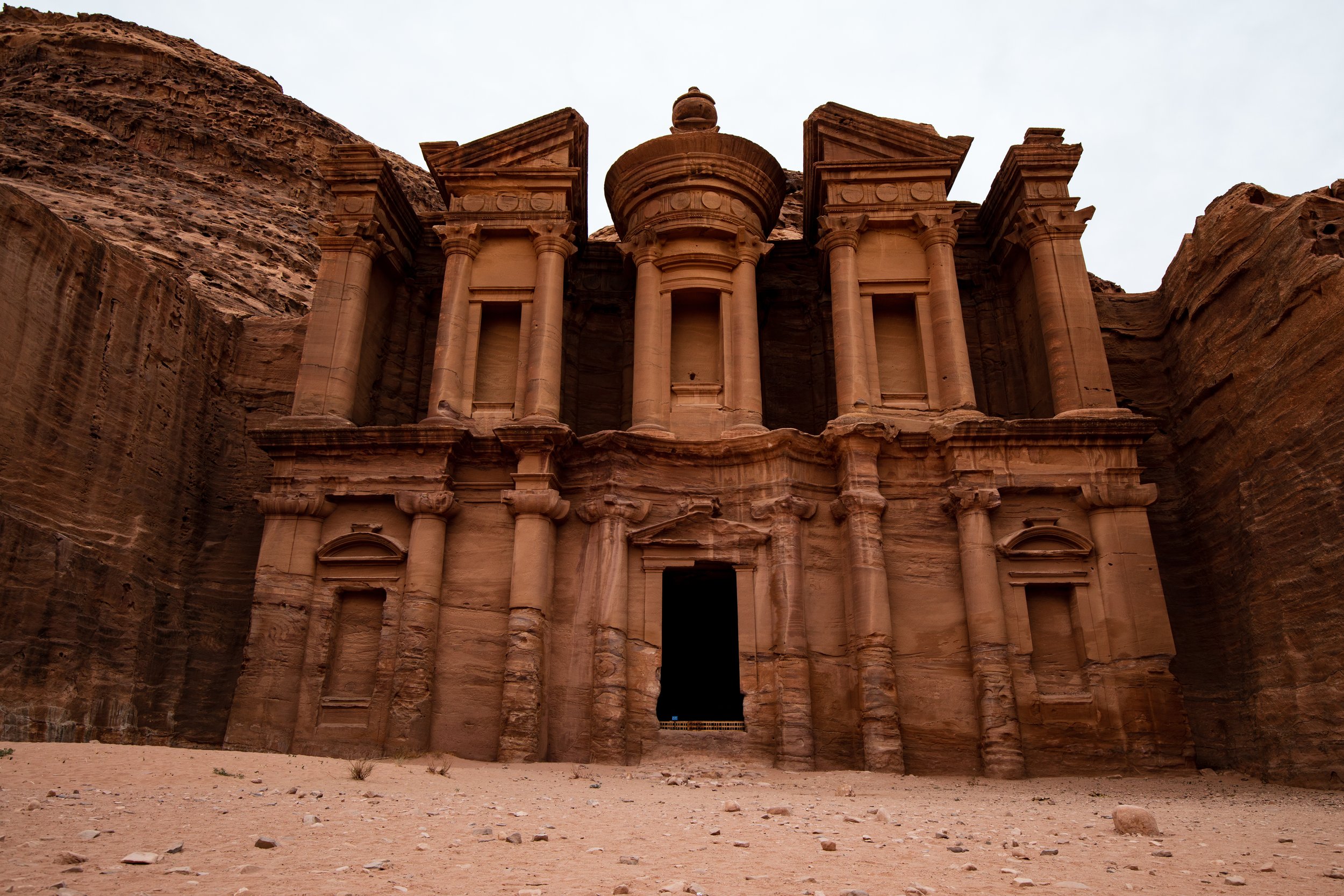
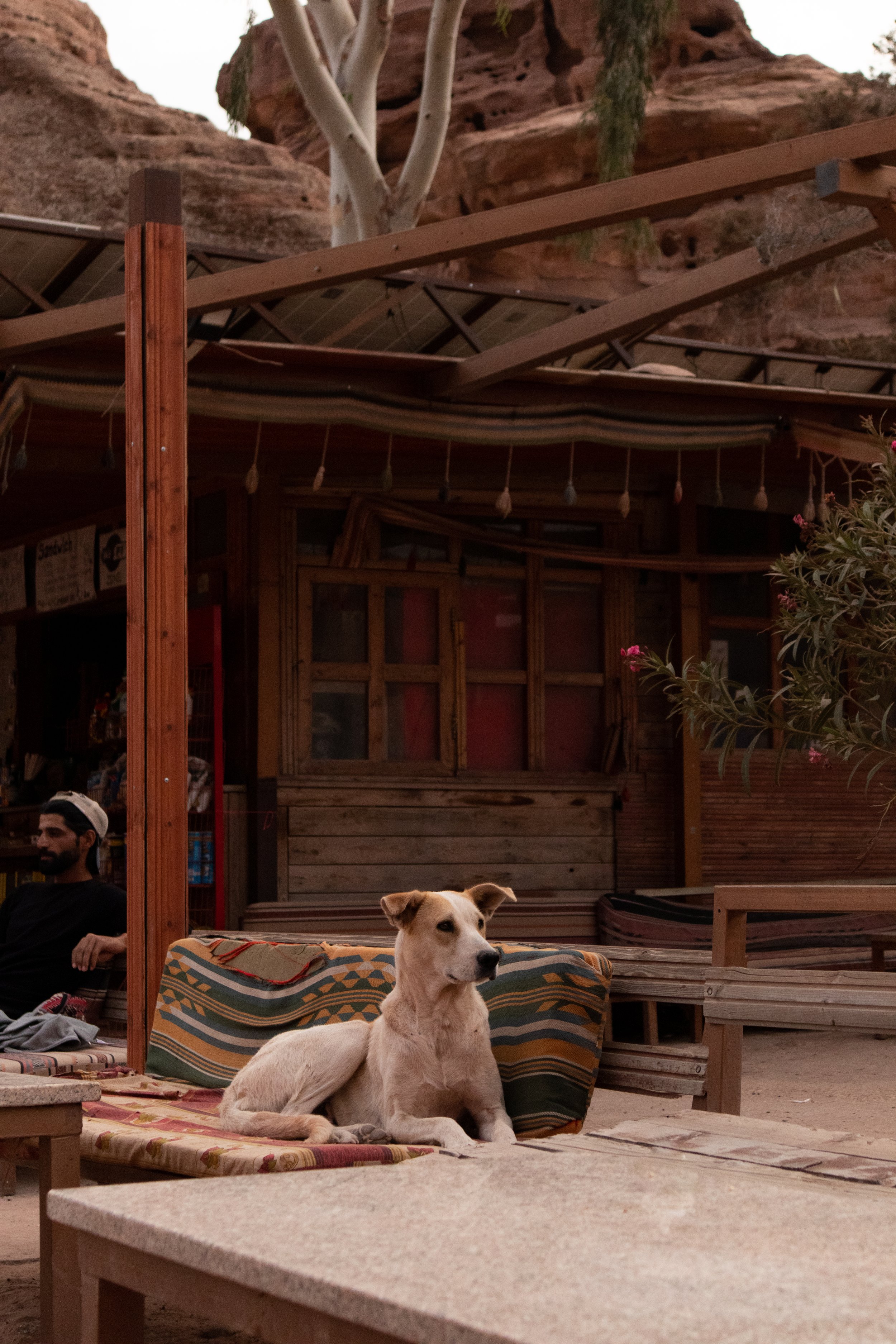
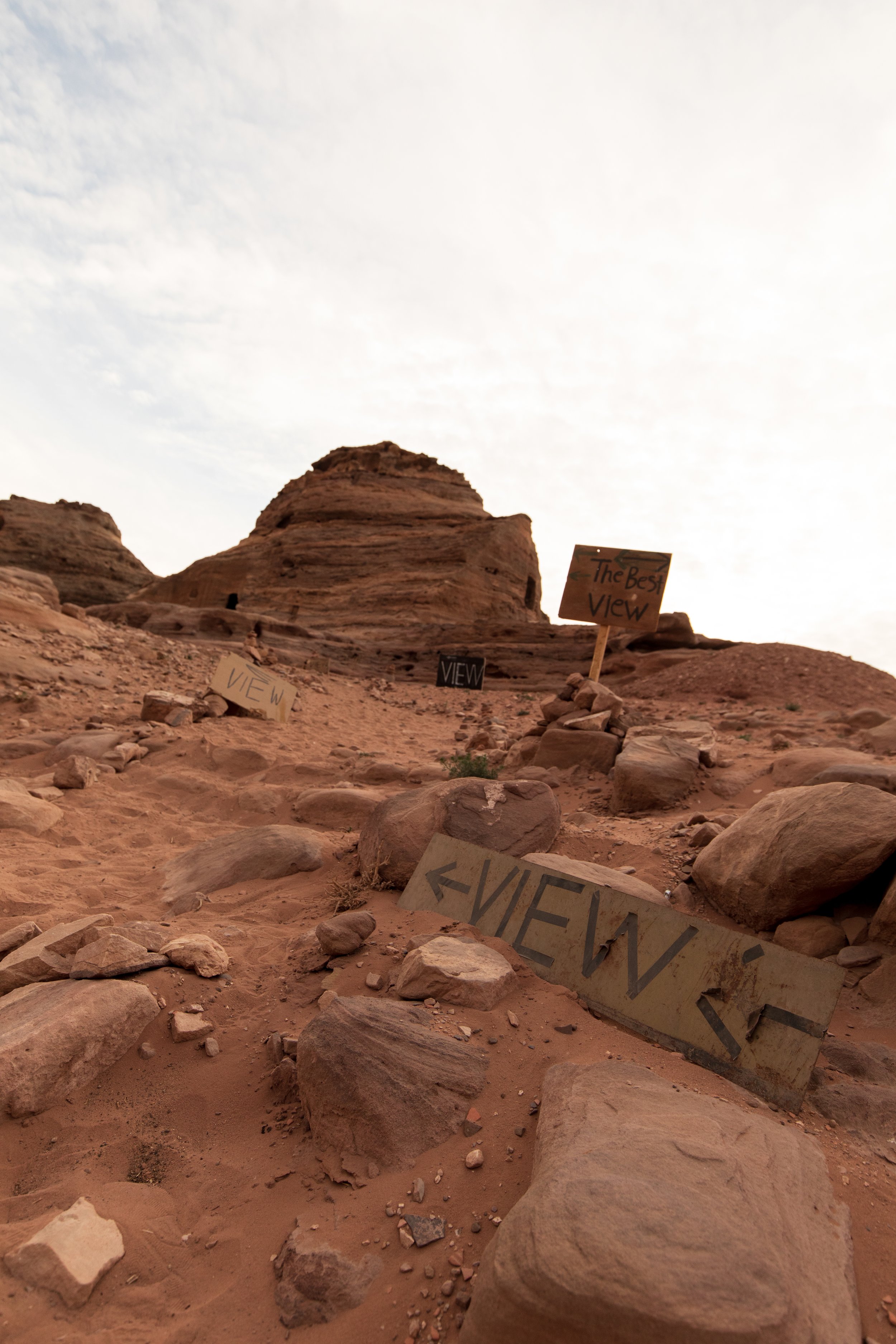
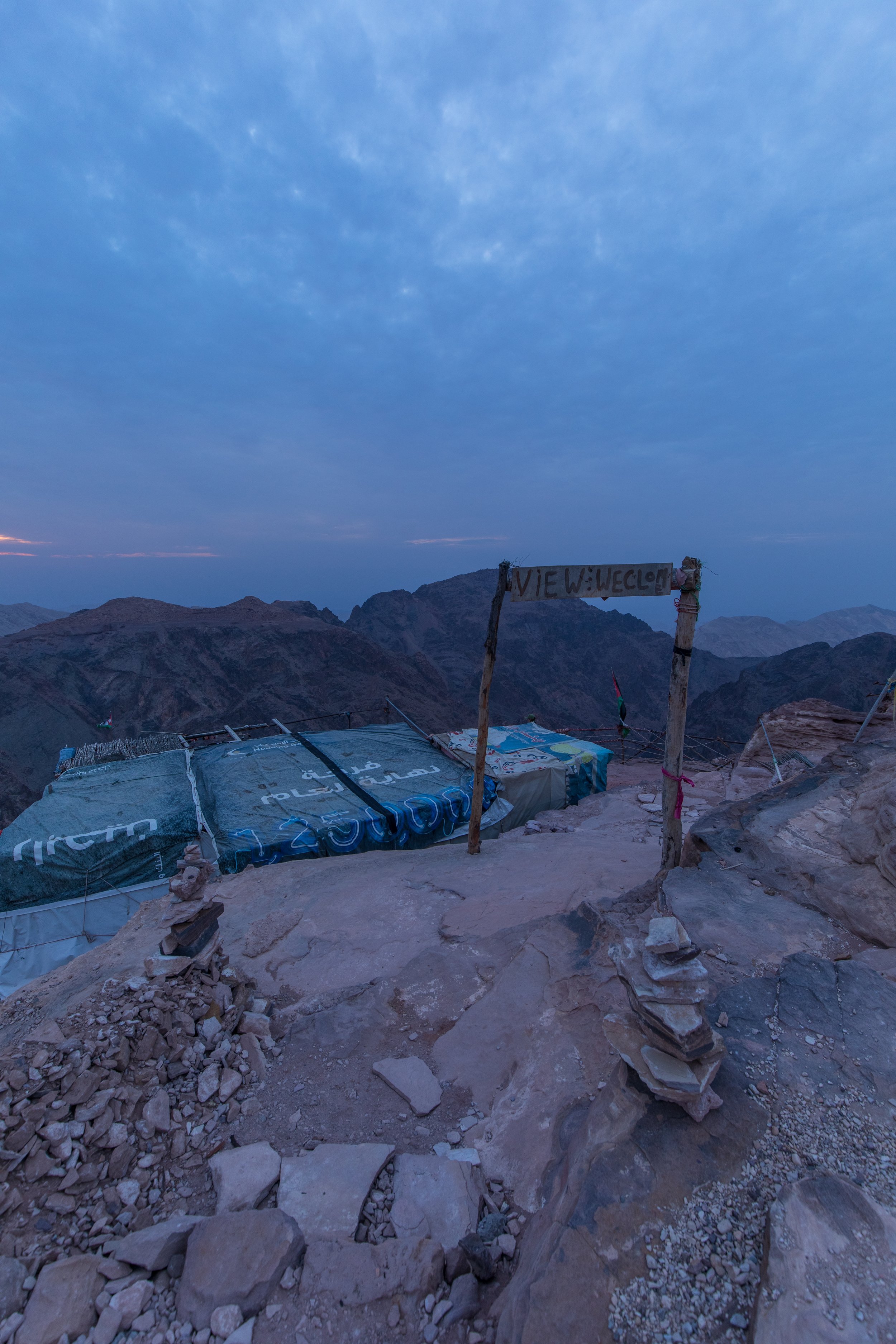
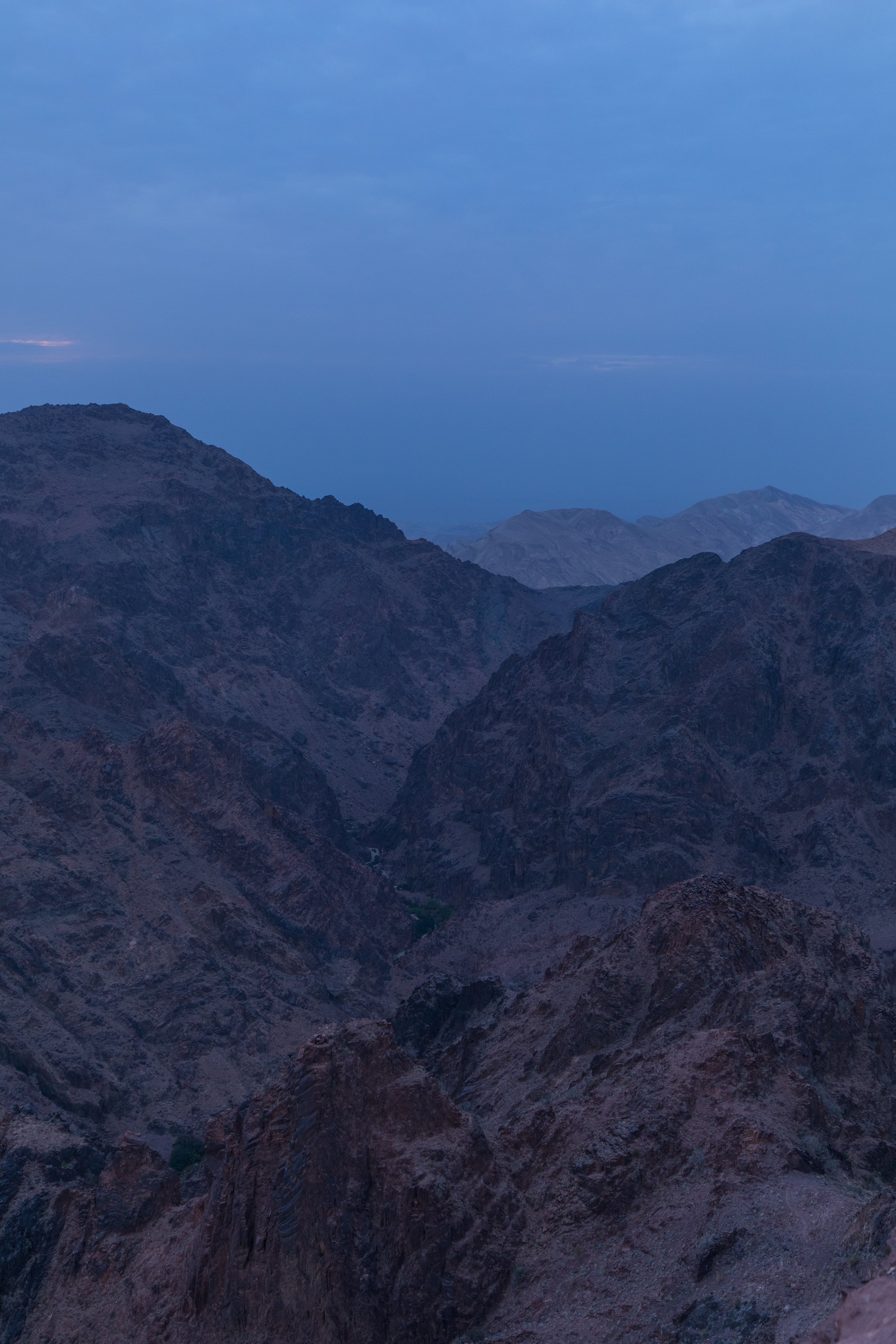



How to make the most of your visit to the Jordanian hot springs